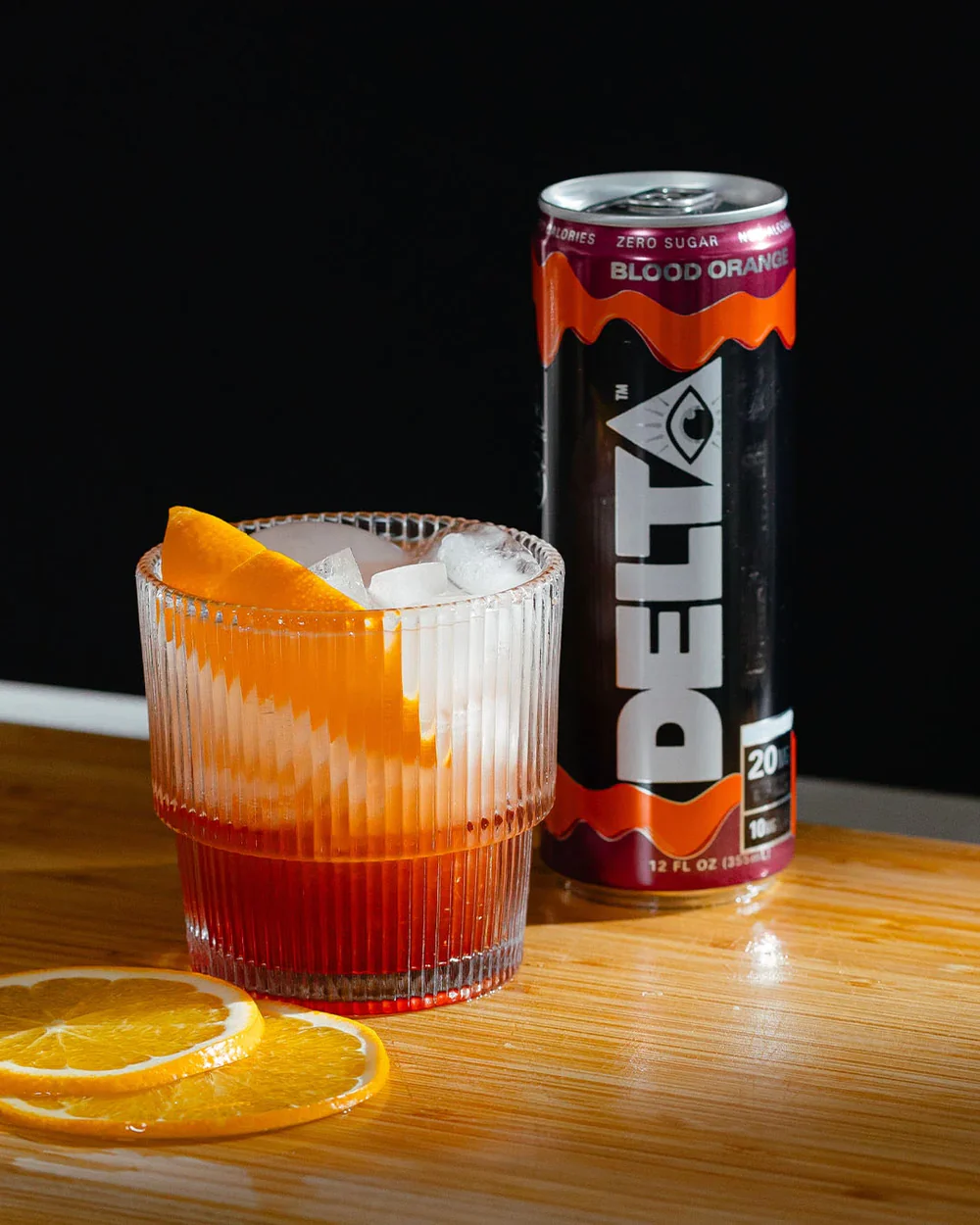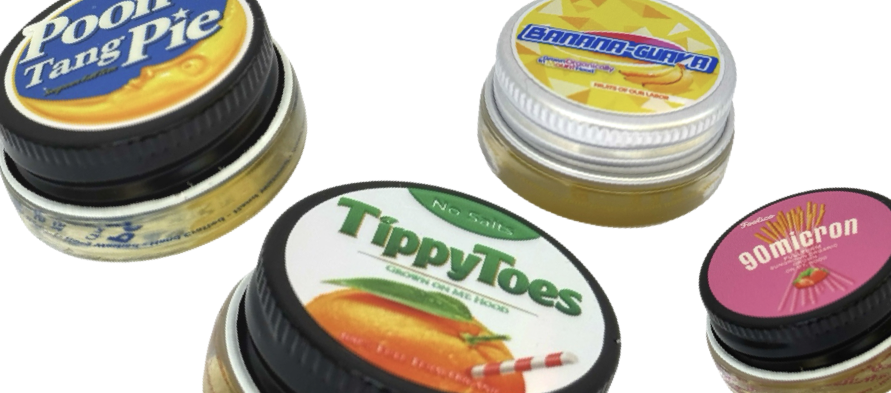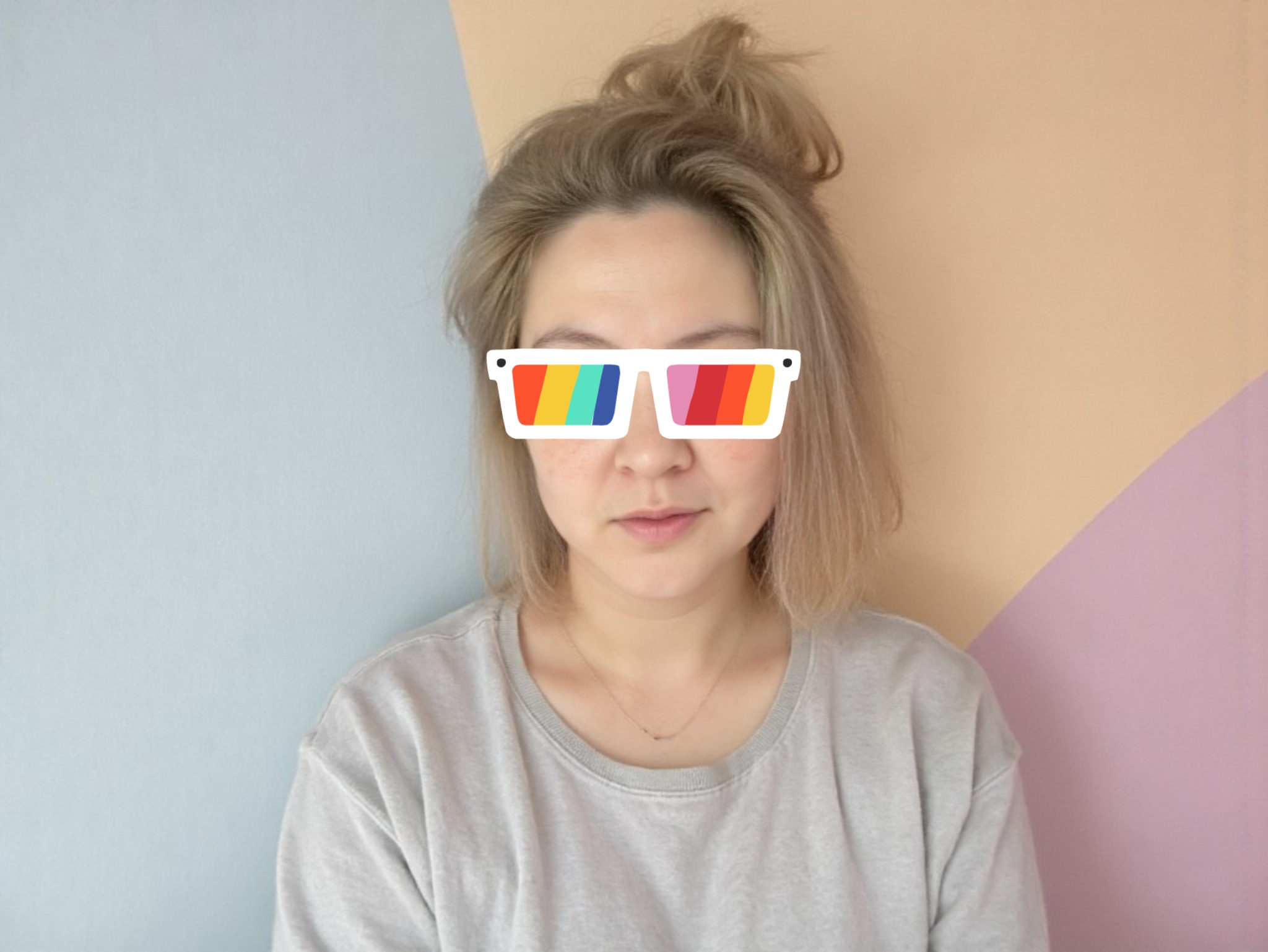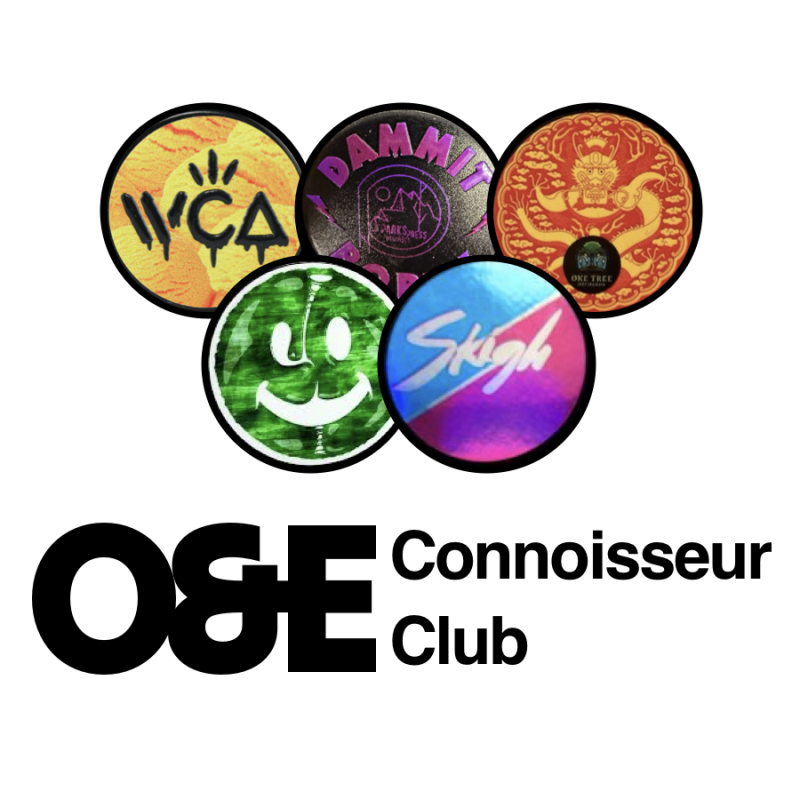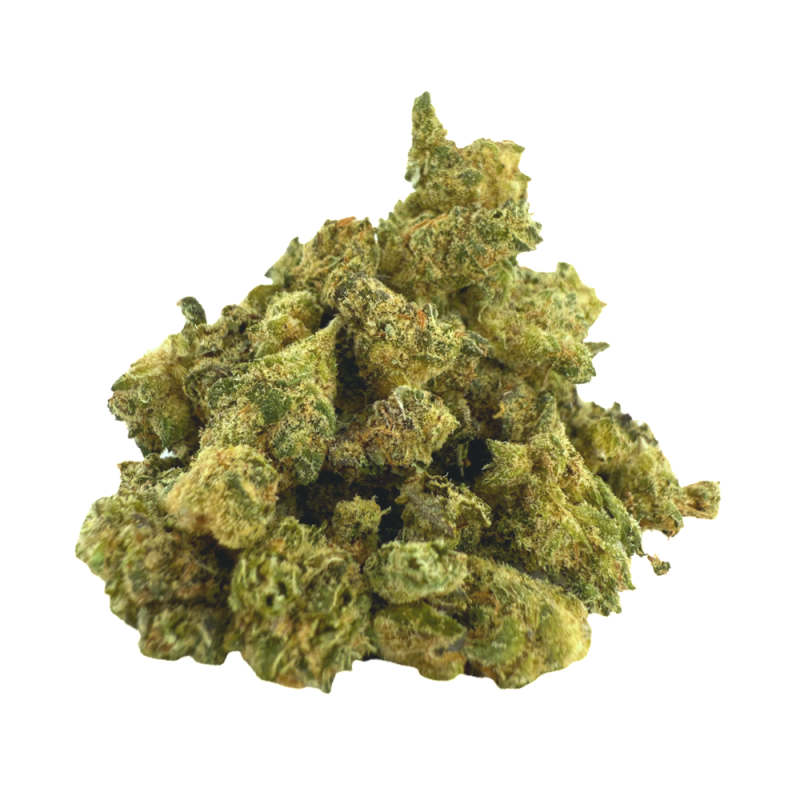For a long time, I was doing what so many of us do — pushing forward, trying to keep up with the pace of life, success, expectations, and survival. I had a full-time job in a high-pressure corporate environment. The kind of job people praise you for having. The kind of job you’re supposed to be proud of.
I was proud — at first. I was a problem-solver, a leader, a designer, a mother.
But behind the accolades and promotions was a mind slowly unraveling. I was forgetting words mid-sentence. Staring at emails I had just written. Losing time, losing track, losing myself, but hiding it well enough to survive another day at work. I told myself I was just tired. That motherhood and a demanding career were enough to stretch anyone thin.
But I wasn’t just tired. I was sick.
The Unseen Battle
It took years — years of burnout, confusion, mood swings, misdiagnoses, and self-blame — to finally get answers. I was diagnosed with several forms of epilepsy, including types that cause non-convulsive seizures. They don’t look like seizures on the outside, but they hijack your brain from the inside. They scramble memory, cognition, personality, and even your emotional regulation. They leave you foggy, lost, or overwhelmed by fear and sadness without explanation.
And the worst part? No one saw it. No one believed me when I tried to explain. I looked fine.
As a single mother trying to hold everything together, the stakes were high. There was no time for rest. No room for mistakes. I had to show up, every day, as everything for everyone — even when I was unraveling.
Corporate culture didn’t make room for someone like me. I didn’t need sympathy — I needed compassion. I needed flexibility, understanding, space to heal. But the truth is, most high-performance environments are built on a myth of perfection. They reward silence over honesty, exhaustion over sustainability. They are allergic to difference, especially invisible ones.
And so, I did what many women do: I pushed harder. I overperformed. I hid my symptoms and blamed myself. I tried to be more, so that people wouldn't think less of me.
But inside, I was breaking.
The Choice: Pretending or Healing
Eventually, I had to make a choice: keep pretending, or start healing.
Healing meant letting go of things that were hurting me, even if they once made me proud. It meant stepping away from environments that rewarded burnout. It meant shedding relationships with people who didn’t know me, didn’t see me, and didn’t care to. The ones who judged me for not being available, who contributed to my stress instead of supporting my peace. I had to release them.
I also had to grieve something deeper: my sense of identity.
My intellectual gifts — things like synesthesia, sharp memory, and emotional nuance — began to fade under the medications I needed to control my seizures. I had to sacrifice brilliance for balance. Stability came at a cost. But I also gained something unexpected in that exchange.
I gained clarity.
A New Path to Healing
I began to understand that I didn’t need to chase validation. That the real work of healing wasn’t about proving I was “still valuable.” It was about accepting that I always was — even when I couldn’t perform.
In that quiet space of rebuilding, I turned to something natural. Something that had been criminalized, misunderstood, and dismissed — just like I had. I turned to hemp. To cannabis. To the plant world, where healing is patient, cyclical, and often unseen.
Cannabis helped me manage the nausea. The exhaustion. The seizures that crept in like a wave of tears or a sudden fear in the chest. It helped me feel safe in my own body again.
It was the first thing that didn’t try to silence my symptoms — it softened them, respected them, and gave me relief.
That’s when I knew I had found my next path.
Building a Business on Care and Clarity
I didn’t want to just use this plant. I wanted to build a business around it — one rooted in care, honesty, and accessibility. I started creating clean, well-made hemp products for people like me: people with complicated health journeys. People who are tired of being dismissed. People who deserve comfort and clarity without compromise.
In the process, I started surrounding myself with those who create from the soul. Who live with tenderness and truth. Who get it.
I’m not the same person I was before the seizures. Before the diagnosis. Before the meds. And I don’t want to be. That person was surviving.
This person? She’s living.
The Real Success Story
So if you’re in the middle of something hard — an invisible illness, a lonely chapter, a full-body transformation — please know this: the end of one version of your life can be the beginning of something far more real.
I’m still rebuilding. But I’m doing it with the cards I’ve been dealt, and I’m playing them with grace, purpose, and peace.
And that, to me, is the real success story.

